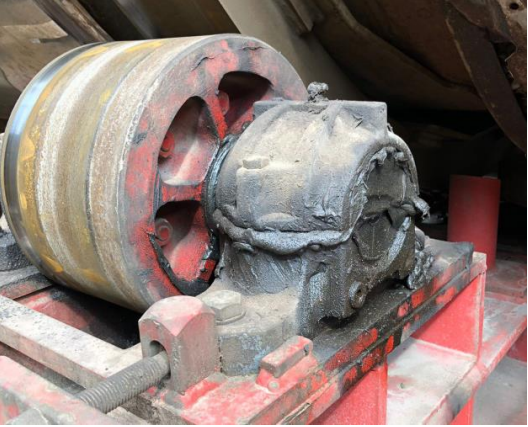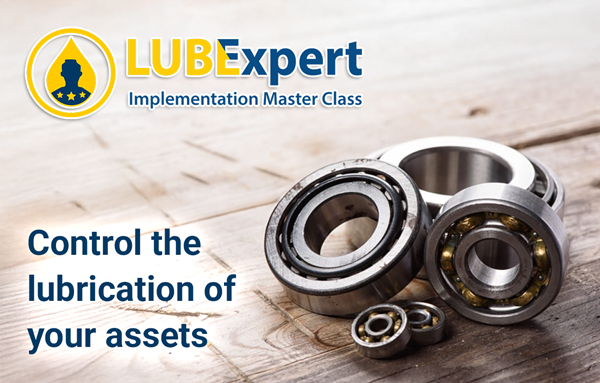Walk into almost any industrial plant, and you’ll find a common belief: if a little grease is good, more must be better. Unfortunately, that logic has cost companies millions in equipment failures, unplanned downtime, and wasted labor.
Over-greasing is one of the most damaging—and most common—maintenance habits. It leads to increased friction, higher operating temperatures, premature bearing failure, and dangerous pressure buildup. And because the grease gun doesn’t come with real-time feedback, technicians are often unaware that they’re doing damage. They’re just following the schedule or “doing what they’ve always done.”

So why does over-greasing persist?
The answer is simple: lack of data. Most lubrication practices are still based on time—apply grease every month, every quarter, every 2,000 hours of runtime. But bearings don’t fail on a schedule. Their need for lubrication is dynamic and depends on speed, load, environment, temperature, and wear. When time is your only reference point, every grease application is just a guess.
The cost of guessing wrong is high. According to the US Department of Energy, poor lubrication contributes to 43% of electric motor failures and up to 80% of bearing failures. That translates into real costs: not just the part itself, but lost production, emergency repairs, and excessive labor time. Multiply that across a facility with hundreds—or thousands—of assets, and the numbers become staggering.
How LUBExpert helps solve the problem
The LUBExpert device was built to give maintenance teams the feedback they’ve always lacked. It helps them grease only when it’s needed, and only as much as needed.
With real-time ultrasound feedback from the bearing, LUBExpert shows when lubrication is required and confirms when the optimal level is reached. It even alerts the user when to stop, before damage occurs. This turns a guess into a controlled process, backed by data.
But just handing someone the tool isn’t enough. That’s why SDT developed the LUBExpert Implementation Master Class—a complete training program designed to help teams implement a successful, sustainable precision lubrication strategy.

Understanding the training: From tools to transformation
The training is divided into three modules, each with a clear purpose.
Module 1 teaches the fundamentals—how lubrication works, how it fails, and how ultrasound can be used to measure the effectiveness of every grease application. This module is crucial for breaking bad habits and giving technicians the knowledge they need to make better decisions in the field.
Module 2 focuses on planning. Good lubrication isn’t just about knowing what to do—it’s about organizing the work so that it’s done consistently and documented clearly. This part of the training shows how to build smart lubrication routes, configure the LUBExpert device, and ensure that every asset is treated based on its actual condition.
Module 3 is about long-term management. It’s one thing to implement a new program, but it’s another to keep it running. This final module helps teams track results, align with maintenance strategy, and demonstrate the value of their efforts to the rest of the organization.
Each module combines classroom learning with hands-on experience. Participants leave not just with information, but with practical skills—and a plan to apply what they’ve learned the moment they return to work.
The value goes beyond grease
Reducing over-greasing alone brings major savings. Bearings last longer, energy use goes down, and unplanned shutdowns become rare. But there’s another benefit that’s harder to measure and just as important: confidence. When teams are trained, equipped, and given the right tools, they stop guessing. They stop working reactively. And they start making decisions based on facts.
If your plant still relies on time-based lubrication, it’s worth asking: how much is it really costing you?
The LUBExpert Implementation Master Class helps teams break free from routine and build a precision lubrication program that delivers results. It’s not just about avoiding mistakes—it’s about building a smarter, more efficient maintenance culture.



